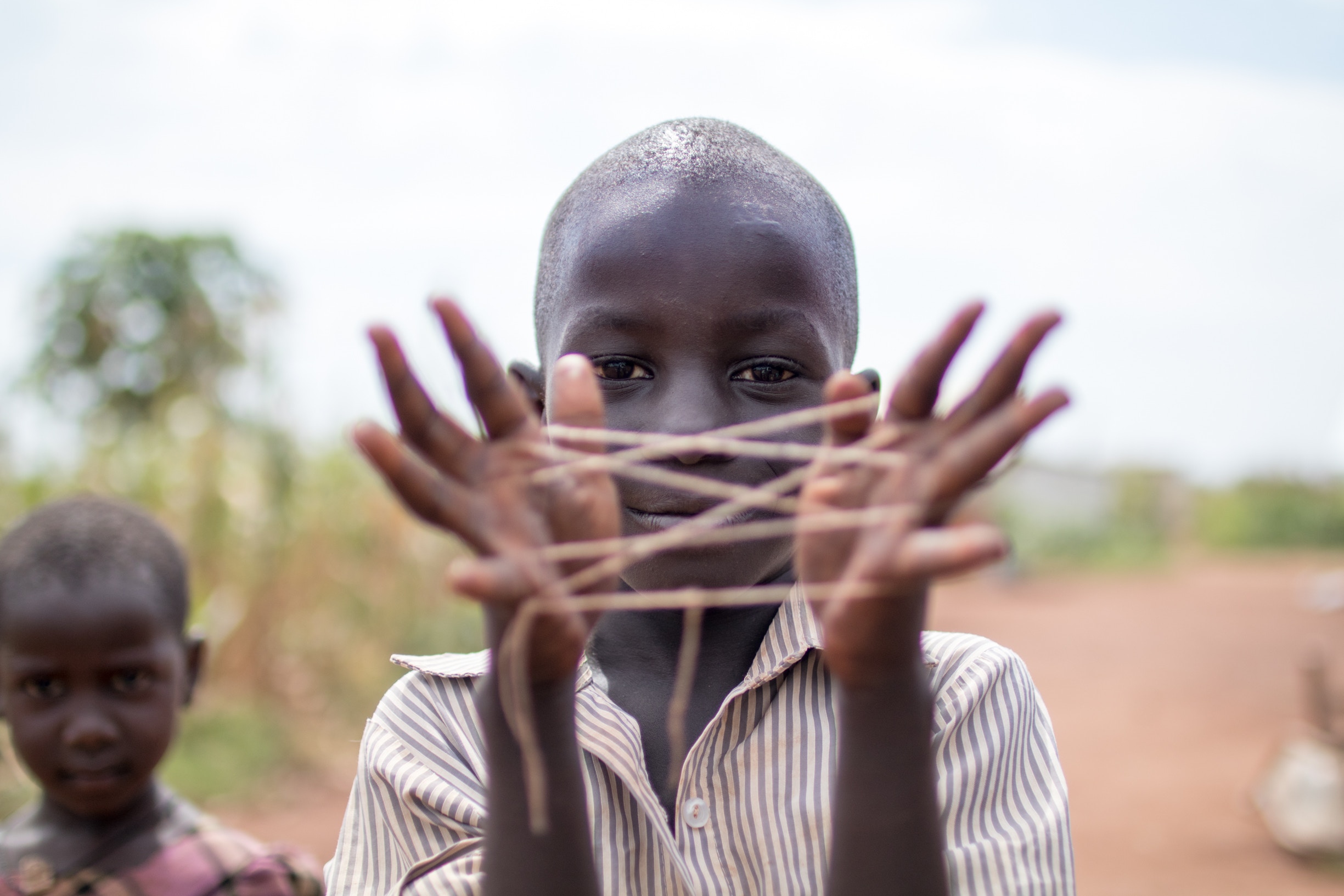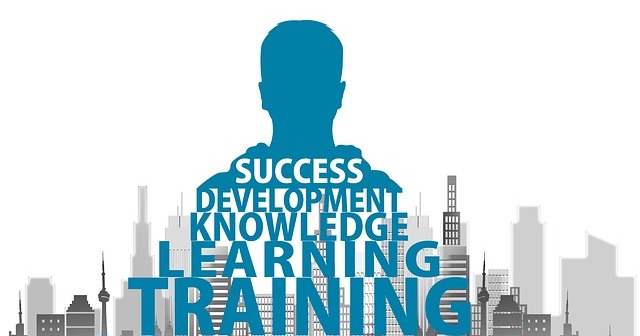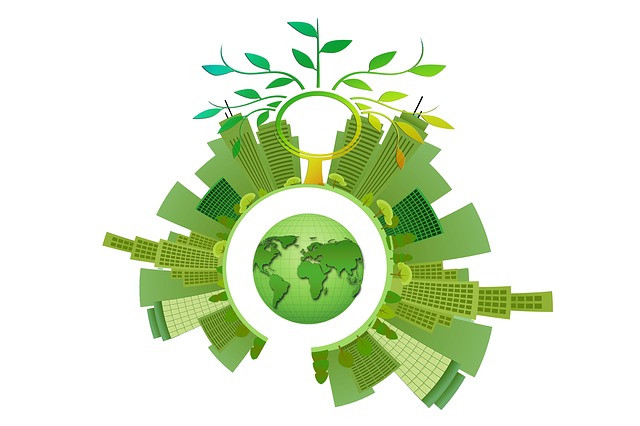Public-Private Partnerships (PPPs) are defined by the United Nations Educational, Scientific and Cultural Organization (UNESCO) as “arrangements between public and private actors for the delivery of goods, services and/or facilities.”
The organization goes on to explain that “in many different settings, PPPs are increasingly perceived as an innovative policy approach to provide education for all, and especially to provide the most vulnerable population with new educational opportunities.”
Many governments, international organizations and other key education stakeholders, according to UNESCO, consider that, “by partnering with the private sector, countries can expand their education systems in a more efficient, flexible and effective way.”
Naturally, the success of educational PPPs depends on the extent and exact nature of the partnership. There is quite a spectrum of public-private involvement in education. School systems range from entirely public, such as the much applauded system in Finland, where 96 percent of students attend publicly managed schools and nearly 100 percent of the funding comes from government, to almost entirely private like Dubai (UAE), where 79 percent of students attend privately managed schools and less than 20 percent of school funding come from government. (Figures from 2012 Organization for Economic Cooperation and Development report.)
In general, around the world, the private sector does support education, to some degree. This is seen, generally, as a good thing as long as the private sector isn’t relied upon entirely, and the influence of positive market forces aren’t assumed to automatically improve public schooling.
When it comes to education, PPPs must be transparent, and all parties accountable, and at no time should partnering with the private sector be seen as a diversion from making necessary improvements to the public school systems.
According to a 2016 article published in Bandung (a journal that aims to provide an academic and policy platform “for scholars and practitioners to develop new theoretical perspectives”) the situation in Tanzania is a great example of the positive influence of PPPs in higher education.
In 1995 the government of Tanzania enacted the Education and Training Policy, which redefined the role of the government in education and provided opportunities for the private sector to participate in the system. In 1999, the government further formulated a Higher Education Policy to, among other options, encourage and assist the establishment of private and public higher education institutions.
The number of private higher education institutions went from 0 in 1990 to more than 60 today. All told, there are now at least 71 colleges and universities in the country, both public and private.
The paper, therefore, concludes that:
“public private partnership in Tanzania higher education has had a positive impact on creating more opportunities for accessing higher education. It has more significantly helped reduce gender gap in student enrolment as private higher learning institutions enroll a higher proportion of female student than the public institutions.”
However, the implementation of these PPPs (which began about 25 years ago), “have not helped improve the quality of education especially in private institutions due to inadequate number and qualifications of members of academic staff teaching in these institutions.”
Also, “public higher education institutions continue to be significant in that they enroll a large number of students and are heavily relied upon by private institutions for academic staff and, sometimes, education programmes offered.”
While this is only one example, it’s clear that there are great possibilities for PPPs to positively influence education in multiple ways, such as building and managing schools. However, it’s just as important to see where the partnerships have faults, and to address those needs in the educational system, like adequate teaching staff, without assuming that partnering with the private sector is a silver bullet that will magically fix public education.







